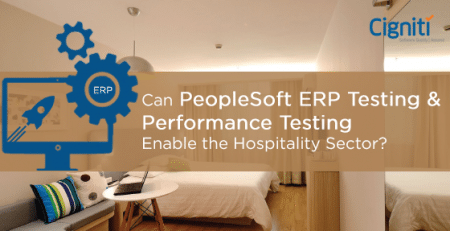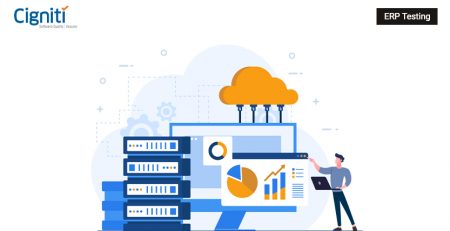Mitigating Risks and Costs: The Imperative to Migrate to SAP S/4HANA Now
Businesses today face constant pressure to stay competitive, agile, and efficient. One of the key strategies for achieving these goals is migrating to SAP S/4HANA, the latest enterprise resource planning (ERP) suite from SAP. The SAP HANA migration is more than just a technical upgrade; it’s a strategic move that can transform your business operations.
Here’s why transitioning to SAP S/4HANA is essential and the potential risks of delaying this crucial step.
Enhanced Performance and Speed
SAP S/4HANA harnesses the power of in-memory computing, enabling real-time data processing and analytics. This results in significantly faster transaction times and the ability to analyze large datasets instantly. For businesses, this means quicker decision-making, increased productivity, and the agility to respond swiftly to market changes.
Simplified IT Landscape
One of the standout benefits of SAP S/4HANA is its simplified data model. By consolidating data and processes into a single system, it reduces the complexity and cost of maintaining multiple legacy systems. This simplification leads to a lower total cost of ownership (TCO) and a more streamlined IT infrastructure.
Improved User Experience
SAP Fiori takes the user experience to a new level with its intuitive and modern interface. Designed to provide a personalized, responsive, and simple experience across various devices, it boosts user satisfaction and enhances productivity by reducing the learning curve and making daily tasks more efficient.
Futureproofing Your Business
SAP has announced the end of mainstream maintenance for SAP ECC in 2027. After this date, businesses using ECC will not receive the latest updates, security patches, or support from SAP. Migrating to SAP S/4HANA ensures your business stays on the cutting edge of technology with continued support and innovations from SAP.
Harnessing Advanced Technologies
SAP S/4HANA is designed to integrate seamlessly with emerging technologies such as artificial intelligence (AI), machine learning, and the Internet of Things (IoT). This enables businesses to automate processes, gain deeper insights, and unlock new opportunities for innovation. By migrating, companies can leverage these advanced capabilities to drive growth and stay ahead of the competition.
Implications of Failing to Migrate on Time
Surprisingly, despite the urgency, only about 20% of organizations have made the switch. Many are still hesitating, hoping to delay the transition. However, experts strongly advise against putting off this critical move. While the benefits of migrating to SAP S/4HANA are compelling, the consequences of delaying the transition can be significant and far-reaching.
Increased Operational Risk
Running on unsupported systems after 2027 poses substantial risks. Without regular updates and security patches, your ERP system becomes vulnerable to cyber threats, data breaches, and system failures. This could lead to costly downtimes, data loss, and compromised business operations.
Higher Costs in the Long Run
Delaying the SAP HANA migration could result in higher costs over time. As more businesses move to SAP S/4HANA, the pool of available resources and expertise for SAP ECC will shrink, driving up costs for maintenance and support. Additionally, the longer you wait, the more complex and costly the migration process may become due to the growing technology gap.
Loss of Competitive Edge
In today’s fast-paced business environment, agility and efficiency are crucial for maintaining a competitive edge. By not doing the SAP S/4HANA migration, you risk falling behind competitors who are leveraging the latest technologies to optimize their operations and deliver superior customer experiences. This could result in lost market share and diminished growth prospects.
Missed Innovation Opportunities
SAP S/4HANA opens the door to numerous innovation opportunities through its integration with advanced technologies and its ability to handle real-time data. Businesses that delay S/4HANA migration may miss out on these opportunities, limiting their potential for innovation and growth.
Conclusion
Migrating to SAP S/4HANA is not just a technical upgrade; it’s a strategic imperative for businesses looking to thrive in the digital age. The enhanced performance, simplified IT landscape, improved user experience, and future-proofing capabilities make it a compelling choice. Conversely, failing to migrate on time can expose your business to increased risks, higher costs, and a loss of competitive advantage.
The time to act is now. By planning and executing your migration to SAP S/4HANA, you can ensure your business remains agile, secure, and ready to embrace the future of digital innovation.
Is Your Business Ready for the SAP S/4HANA Migration? Click Here to Futureproofing Your Business.





Leave a Reply